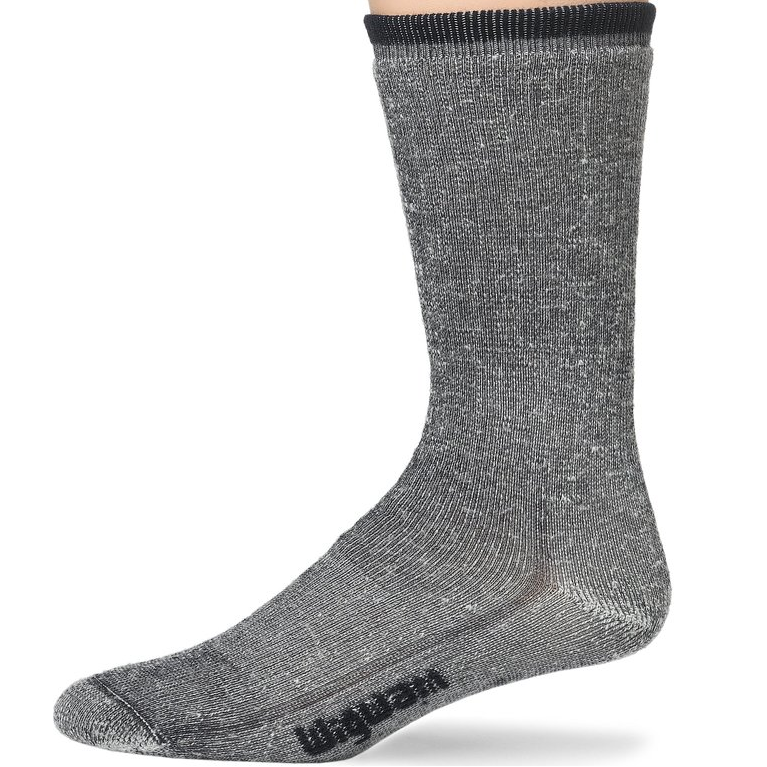Winter is coming (please imagine a Game-of-Thrones-style frozen tundra for full impact), so it’s time to gear up. After two brutal winters in a row, you should have learned your lesson by now and bought the warmest clothes you could find, but if not this post is here to help. Feel free to skip to the bottom section for links to my top picks if the details aren’t your thing, otherwise read on.
Because Science! Merino Wool
Merino Wool isn’t your regular, heavy, itchy wool – it’s super wool. It comes from the (surprise, surprise) Merino sheep, which lives high Alps. It can get pretty cold (~0 degrees Fahrenheit) and hot (~95 degrees Fahrenheit) up there, so the sheep have a special type of protection for it. I won’t go all animal planet on you, but here are some of the features that make Merino wool perfect for a cold winter, but also why the material is popular in high-end exercise clothing:
- Keeps you the right temperature: Yes it’s warm, like any wool, but it also doesn’t overheat you!
- No “swamp feet”: There’s nothing worse than sweaty feet when you’re wearing socks and shoes. Merino wool wicks moisture (sweat) away from the skin, and can absorb up to 1/3 its weight in liquid. On top of that, the fabric is slightly moisture repellent (keratin fibers are hydrophobic at one end and hydrophilic at the other), allowing the user to avoid the feeling of wetness. Also, unlike other wool and cotton, merino retains its warmth when wet (helping you avoid hypothermia).
- Antibacterial?: Yup, you read right – merino contains lanolin, which has antibacterial properties. As gross as it sounds, you can actually get away with wearing these for 4-5 days of normal activity before they get dirty and/or smelly.
- Soft, not itchy: Finer fibers and smaller scales make this wool soft and cozy.
- Excellent warmth-to-weight ratio: Merino’s smaller fibers have microscopic cortices of dead air, trapping body heat similar to the way parkas and sleeping bags work. So on top of warmth, that makes merino wool a great material to travel with.
- Machine wash/dryable: Unlike many other materials these days, you can machine wash and dry this material.
Between all these characteristics, merino wool is the perfect material to make a super sock. But despite its super material features, it’s actually relatively cheap (see below).
What to Buy
Top Pick (men & women): Wigwam Unisex Men’s/Women’s Merino Wool Comfort Hiker Crew Length Sock
How’d I come to my top pick? Well, I’ve tried six or seven different brands, and the Wigwams have held up the best and fit the snuggest. Wigwam merino wool socks have been around forever and are known for their quality (still evidenced by my experience, and the hundreds of positive Amazon reviews), though the socks linked at the top (which are my favorite socks and that I wear every chance I get) are on the pricier side at ~$10-15/pair (roughly double what they were a few years ago).
Value Pick (women only, unfortunately): Kirkland Signature™ Ladies’ 4-pack Trail Sock
If you’re looking for more bang for your buck, try Costco – they sell a house brand (Kirkland) four-pack for just $11.99 (my wife owns them and loves them).
But really, any merino wool sock is going to be good.
Just keep in mind that most “merino wool” socks (even my top picks above) actually have some percentage of a synthetic material (Nylon, Polyester, Acrylic, etc.) – which is perfectly fine and helps the fit/comfort in my opinion. Anything 60%+ merino should be fine.


